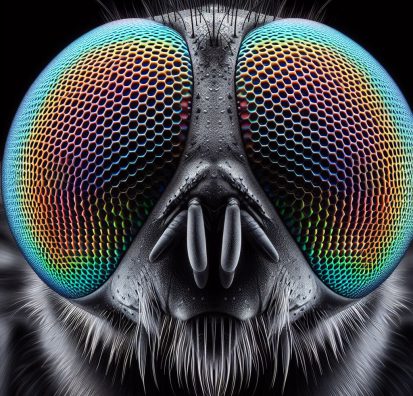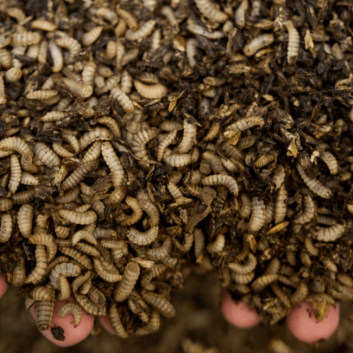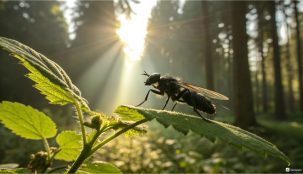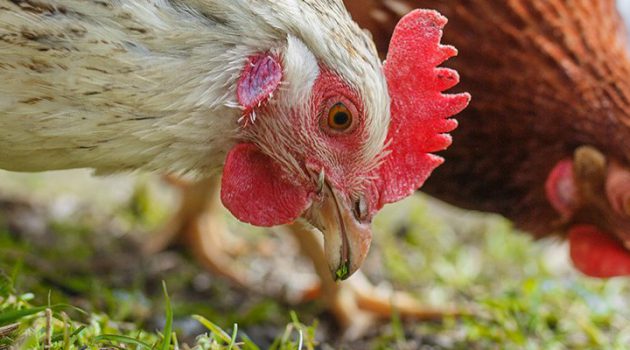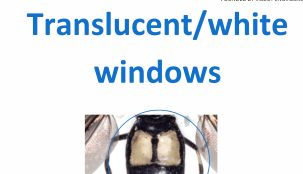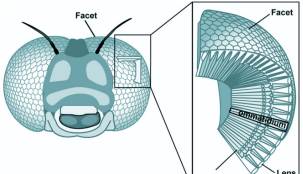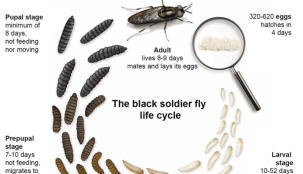Visual System of Adult Black Soldier Flies: Ocelli and Compound Eyes
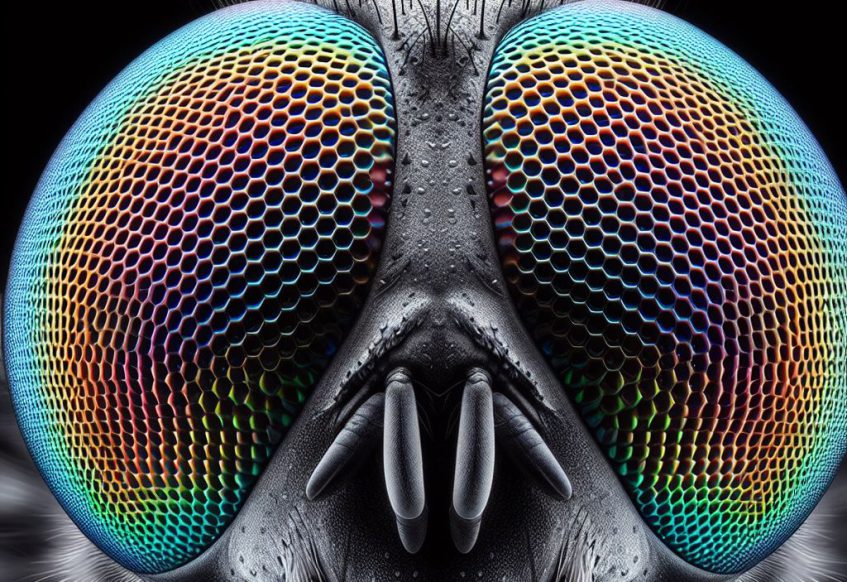
The visual system of adult black soldier flies (BSF) is a remarkable biological structure consisting of two simple eyes called ocelli and a pair of large compound eyes. These intricate organs play pivotal roles in enabling BSF to navigate their environment, detect potential threats, and respond swiftly to changes in light intensity. In this article, we explore the anatomy and functionality of the ocelli and compound eyes in adult BSF, shedding light on their significance in the fly’s survival and behavior.
Ocelli
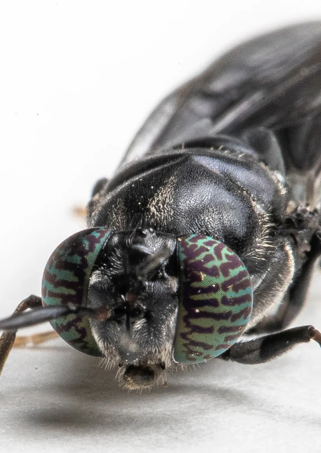
Quick Responses to Light Changes The ocelli of adult BSF serve as crucial sensory organs that allow the flies to detect and respond rapidly to variations in light intensity. Positioned atop the head, these simple eyes provide BSF with a wide field of view, enabling them to perceive their surroundings effectively. Ocelli play a vital role in helping BSF avoid obstacles and predators by detecting sudden changes in light, allowing for quick evasive maneuvers.
Compound Eyes

Complex Structures for Vision The compound eyes of adult BSF are intricate structures composed of over a thousand small units known as ommatidia. Each ommatidium contains six photosensitive parts called rhabdomeres (R1-R6), positioned at the periphery, with two additional rhabdomeres (R7, R8) located at the center.
Functionality of Rhabdomeres
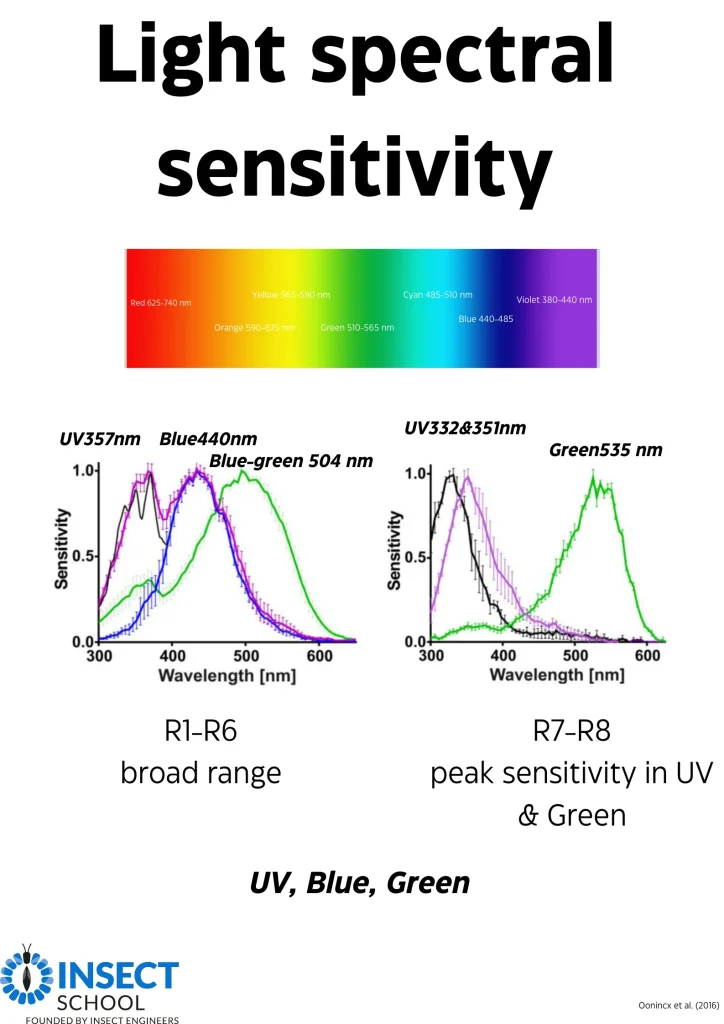
The rhabdomeres R1-R6, situated at the periphery of the ommatidium, represent a spectrally homogeneous class of photoreceptors with broad spectral sensitivity. These photoreceptors are primarily responsible for motion detection, allowing BSF to discern movement in their environment. However, they exhibit limited ability for color discrimination, except in the case of Drosophila.
Distinct Sensitivities of R7 and R8
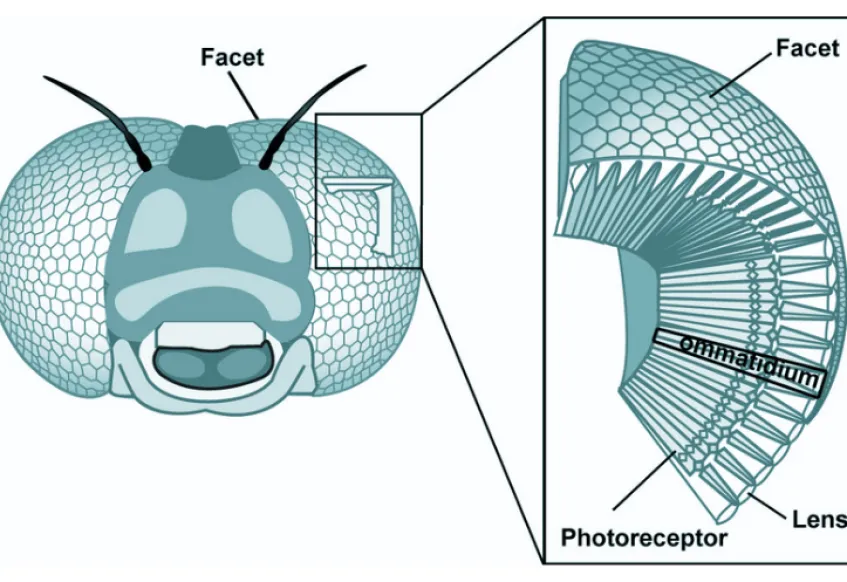
In contrast, the photoreceptors R7 and R8, located at the center of the ommatidium, possess narrow spectral sensitivities. R7 is most sensitive to ultraviolet (UV) light, while R8 exhibits peak sensitivity to blue or green light. This arrangement provides BSF with a tri-chromatic vision system, enabling them to perceive the environment through three channels: UV, blue, and green.
In conclusion the visual system of adult black soldier flies is a marvel of evolutionary adaptation, comprising both simple and compound eyes that work synergistically to provide the flies with remarkable sensory capabilities. The ocelli enable rapid responses to change in light intensity, while the compound eyes offer complex vision through a combination of motion detection and color discrimination. Understanding the intricacies of the BSF visual system not only enhances our knowledge of insect physiology but also highlights the remarkable adaptations that enable these flies to thrive in diverse environments.
in light intensity, while the compound eyes offer complex vision through a combination of motion detection and color discrimination. Understanding the intricacies of the BSF visual system not only enhances our knowledge of insect physiology but also highlights the remarkable adaptations that enable these flies to thrive in diverse environments.
For more information about:
- Insect Bioconversion of Waste, please contact us at the Insect school. https://www.insectschool.com/
- Turnkey Insect Farms – https://www.insectengineers.com/bsfturnkey/production
- If you would like to book BSF industry keynote speaker Bob Holtermans for your event – https://www.insectengineers.com/about-us/speaker-bobholtermans
